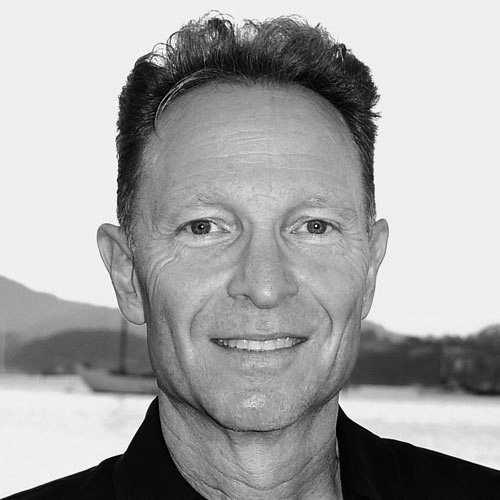Results-based wellness is big. You have gained almost 300 clients and 300,000 participants in less than seven years. Why is it so popular?
Jim Pshock: Because it works. That connects back to the whole reason I started Bravo Wellness to begin with. I had spent more than twenty years in the insurance business, and I saw how hard it was for employees to handle the escalating costs of health-care plans because renewals climbed so much each year. But at the same time, the data told me wellness programs were the key.
How did you know that?
Pshock: A vast majority of what gets treated are things associated with lifestyle. Preventative things linked to obesity, diet, or nicotine. And at the same time, hardly anybody was participating in traditional wellness events.
Why do you think that is?
Pshock: I know that we would do wellness fairs with turnout lower than 18 percent. And those who came were often already healthy. The ones who needed it the most rarely participated.
How did you put all of these ideas together to create Bravo Wellness?
Pshock: I worked for an employer that provided incentives to employees willing to make improvements in their own health. I saw the concept work. That employer, unfortunately, was married to an outdated and expensive model, and they didn’t see the value in my streamlined approach. So in 2008, I set out on my own.
Since then, you’ve landed major insurers and won several awards for your growth and leadership. What’s behind it all?
Pshock: We are a thought partner. We are engaged more because of how we think and because we are great at executing and simplifying the complex maze of applicable regulations. We change what’s historically been done, bringing incentives that will motivate behavioral changes and resources that employees embrace. Our customers are truly partners, and we’ve been blessed with outstanding employees who really take care of them and their employees.
Here’s the big question—why does your approach work when others have failed?
Pshock: It’s a new dimension of the health-care market. We’re not trying to replace an insurance company, broker, or wellness plan—we’re trying to add a new dimension. We’re able to align benefits and incentives to people’s commitment to their health. People say it will never work, and we’re watching it happen left and right. People are going out there and doing it, and they’re proving the doubters wrong. We’ve seen average employee participation rates of 97 percent because everyone wants to save money on their health plan.
What have you done to grow Bravo Wellness?
Pshock: It’s an enormous market. We’ve grown substantially since our inception, and are still only between .5 and .75 percent of the market. We’ve grown and won new business by proving we’ve figured out what works and what doesn’t. Reports say that 46 percent of employers plan to tie outcomes to financial rewards, but right now less than 20 percent are actually doing it. We’re navigating all the HIPAA regulations and ACA rules, and as employers decide to embrace these strategies, we’ll be ready.
How does all of this benefit the employers?
Pshock: The Affordable Care Act allows employers to link up to 50 percent of health costs to outcomes. There’s a lot at stake for individuals and companies. Health and wellness of the employees are important to the success of any company, and these programs create healthier employees. Healthier employees are more productive and easier to retain. We created a plan for a company called Valeo. Valeo raised the deductible by $2,000, but offset the increase by offering four $500 credits earned for certain measurement goals such as healthy or decreased body mass, cholesterol levels, and blood pressure in addition to being tobacco-free. When compared to a control group of employees without the incentive program, the incented employees showed health improvements and submitted far fewer claims. Over the past five years their medical claim trend stayed below 3 percent. By 2013, Valeo beat national statistics for all four health categories—the only area they lost ground in was glucose, which happens to be the only measure that was reported but not tied to an incentive. Incentives work.
What’s next?
Pshock: We’re mining data to steer the right solutions to the right people at the right time. We’re building on data-driven population information to give people the tools to take personal responsibility for their health and reward those who do.

